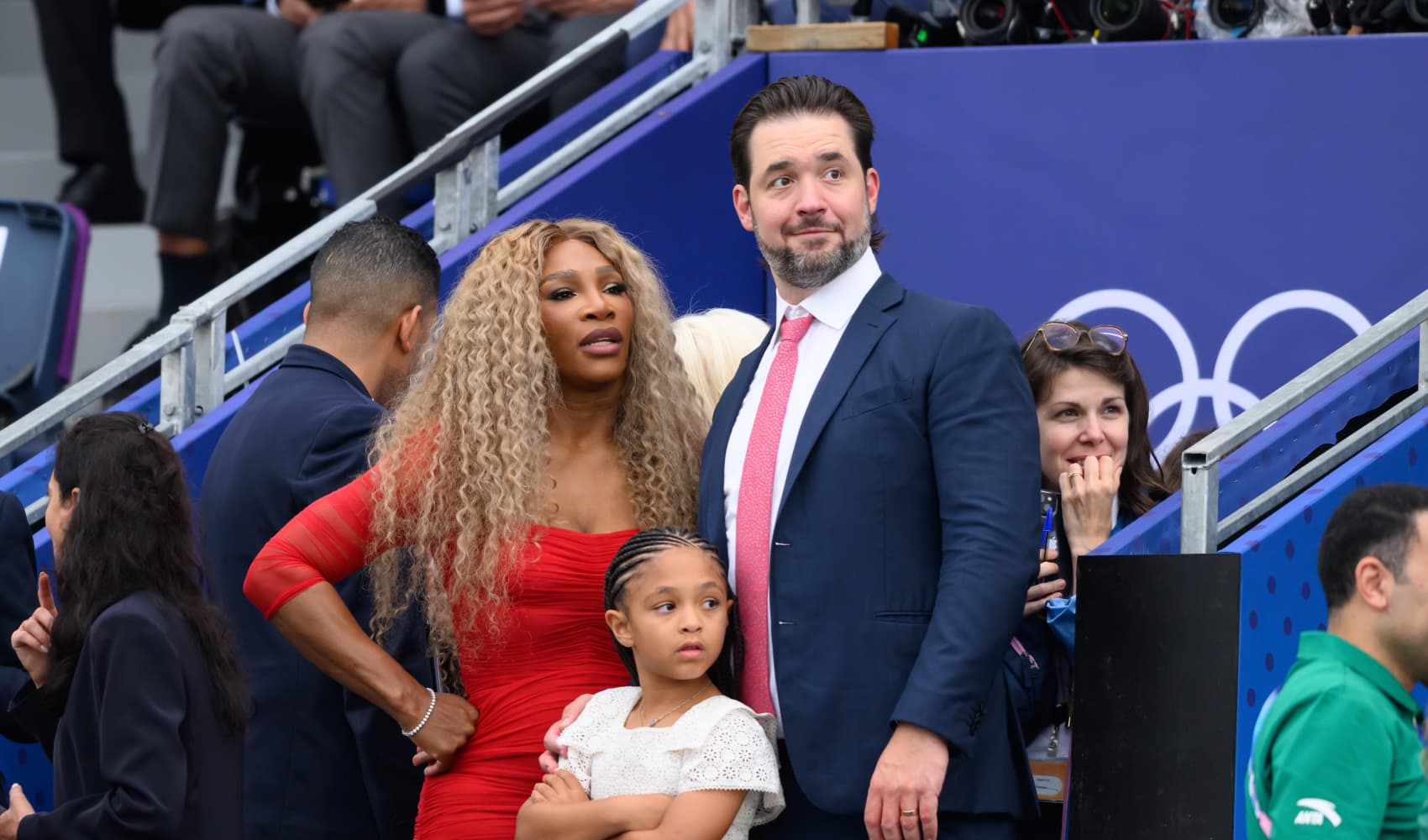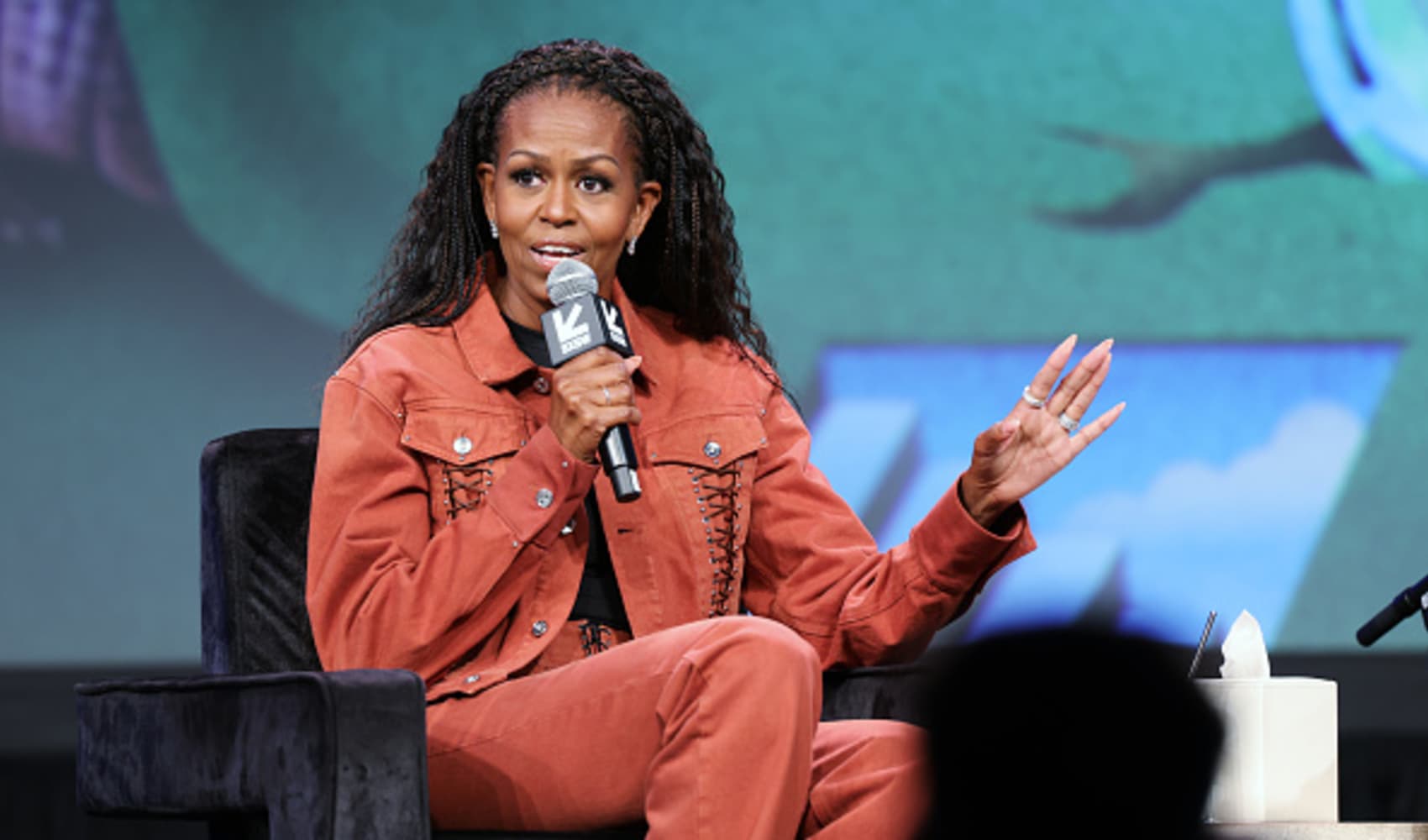Raising Financially Savvy Kids: Serena & Alexis' $7 Secret
Serena & Alexis' $7 Allowance: Raising Financially Savvy Kids
Introduction: More Than Just Money, It's About Values
Serena Williams and Alexis Ohanian, two titans in their respective fields, might seem like they're living in a world of limitless resources. But they're proving that wealth doesn't equal entitlement, especially when it comes to raising their 7-year-old daughter, Olympia. Their approach to allowance isn't just about giving money; it's about instilling vital life lessons. So, how exactly are they teaching Olympia the value of a hard-earned dollar? Let's dive in!
The $7-a-Week Deal: A Modest Start
Forget the lavish sums you might expect; Olympia's allowance is a humble $7 per week. Why so little? Because it's not about the amount, but the principle. Alexis Ohanian revealed in a social media video that this seemingly small sum is part of a bigger plan to teach Olympia the connection between effort and reward. It's a deliberate choice to ground her in the reality that things worth having require work.
Serena, the Lawyer: A Family Affair of Negotiation
Here's where it gets interesting! Serena Williams didn't just sign off on the $7 allowance; she actively participated in the negotiation. As Ohanian jokingly said, she acted as Olympia's "counsel," making the process even more challenging (and likely, more educational) for him. Imagine Serena, a fierce negotiator on the tennis court, bringing that same energy to a family discussion about allowance! What a great real life example for her daughter.
The Contract: Laying the Groundwork for Responsibility
Ohanian didn't just hand out money; he drew up a proper contract! This reinforces the seriousness of the agreement and introduces Olympia to the world of commitments and responsibilities. By having a contract, Olympia understands that receiving her allowance isn't an automatic right; it's contingent upon fulfilling her obligations.
Chores and Responsibilities: Earning That $7
So, what does Olympia have to do to earn her $7? She has to complete chores five days a week. These tasks, as revealed by Ohanian, include feeding the dog, putting her clothes in the hamper, and making her bed. These seemingly small chores are essential building blocks for developing responsibility, discipline, and a sense of contribution within the household. It is a beautiful thing to see!
The Power of Delayed Gratification: The $125 Watch Story
Ohanian shared a story about Olympia saving up $100 for a $125 watch. This is where the lesson truly solidified. She had to figure out how to close the $25 gap herself. This experience allowed her to "embrace that feeling" of work leading to reward, and it's a lesson that will undoubtedly stay with her as she grows older.
H2: Teaching Financial Literacy: It Starts Early
This approach isn't just about chores and allowance; it's about teaching financial literacy at a young age. By understanding the connection between work, saving, and spending, Olympia is gaining valuable skills that will serve her well throughout her life. Early exposure to these concepts can create a foundation for responsible financial decision-making in the future.
H2: More Than Money: Instilling Values
The real takeaway here isn't the $7 allowance itself, but the values that Williams and Ohanian are instilling in their daughter. They're teaching her the importance of hard work, responsibility, and the satisfaction of earning something she wants. These are values that money simply can't buy.
H2: The Role Model Effect: Leading by Example
Serena and Alexis are both incredibly successful individuals, but they understand that success comes from hard work and dedication. By demonstrating these qualities in their own lives, they're setting a powerful example for their daughter. Children often learn more from observing their parents' actions than from listening to their words.
H2: Building a Strong Work Ethic: A Foundation for Success
A strong work ethic is a valuable asset in any field. By starting early, Williams and Ohanian are helping Olympia develop this essential quality. The habits she learns now will shape her approach to challenges and opportunities in the future, giving her a competitive edge in life.
H2: Beyond the Allowance: Open Conversations About Money
Allowance is just one piece of the puzzle. It's crucial to have open and honest conversations about money with children, explaining the value of saving, budgeting, and making informed financial decisions. These conversations can help demystify money and empower children to take control of their financial futures.
H2: Adapt and Evolve: The Allowance Strategy for Different Ages
Adjusting the Allowance Amount
As Olympia gets older, her allowance and responsibilities will likely evolve. It's important to adapt the approach to match her age and developmental stage. The key is to continue reinforcing the core principles of hard work, responsibility, and financial literacy.
Introducing More Complex Financial Concepts
As Olympia grows, Serena and Alexis can introduce more complex financial concepts such as investing, budgeting for larger purchases, and understanding the difference between needs and wants. This will help her develop a more sophisticated understanding of money management.
H2: The Pitfalls of Overindulgence: Avoiding Entitlement
It's easy for wealthy parents to fall into the trap of overindulging their children. However, this can lead to entitlement, a lack of appreciation, and a diminished sense of self-worth. Williams and Ohanian are consciously avoiding this pitfall by teaching Olympia the value of earning what she wants.
H2: Creating a Balanced Approach: Money and Happiness
Ultimately, the goal is to help Olympia develop a healthy relationship with money. This means understanding its value, but also recognizing that it's not the sole determinant of happiness. By instilling strong values and a sense of purpose, Williams and Ohanian are helping their daughter build a fulfilling life that extends far beyond financial success.
H2: Community and Giving Back: Teaching Philanthropy
Consider adding chores or responsibilities related to giving back to the community to Olympia's list. This teaches the importance of empathy and helping others. Maybe she could help pack donation boxes or volunteer at a local shelter. This would teach the joy of philanthropy.
H2: Conclusion: A Blueprint for Raising Responsible Children
Serena Williams and Alexis Ohanian's approach to allowance is a testament to their commitment to raising a responsible and grounded child. By instilling values like hard work, responsibility, and financial literacy, they're equipping Olympia with the tools she needs to succeed in life. Their example serves as a valuable blueprint for other parents who want to raise children who appreciate the value of a hard-earned dollar and contribute positively to the world. The $7 allowance is just the beginning.
Frequently Asked Questions
Q: Why is such a small allowance important?
A: A smaller allowance emphasizes the value of work and responsibility over the amount of money received. It's about teaching the connection between effort and reward.
Q: How does having a contract help?
A: A contract formalizes the agreement and reinforces the idea that receiving an allowance is contingent upon fulfilling specific obligations, fostering a sense of accountability.
Q: What if my child wants something that costs more than they can afford?
A: This is an opportunity to teach them about saving, setting financial goals, and potentially finding ways to earn extra money to bridge the gap.
Q: How can I adapt this approach if I don't have a lot of money?
A: The principles of teaching responsibility and the value of work are universally applicable, regardless of income. The amount of the allowance can be adjusted to fit your budget, and the focus should remain on the underlying lessons.
Q: At what age should I start giving my child an allowance?
A: There's no one-size-fits-all answer, but many experts recommend starting around age 5 or 6, when children begin to understand the concept of money and can perform simple chores.

